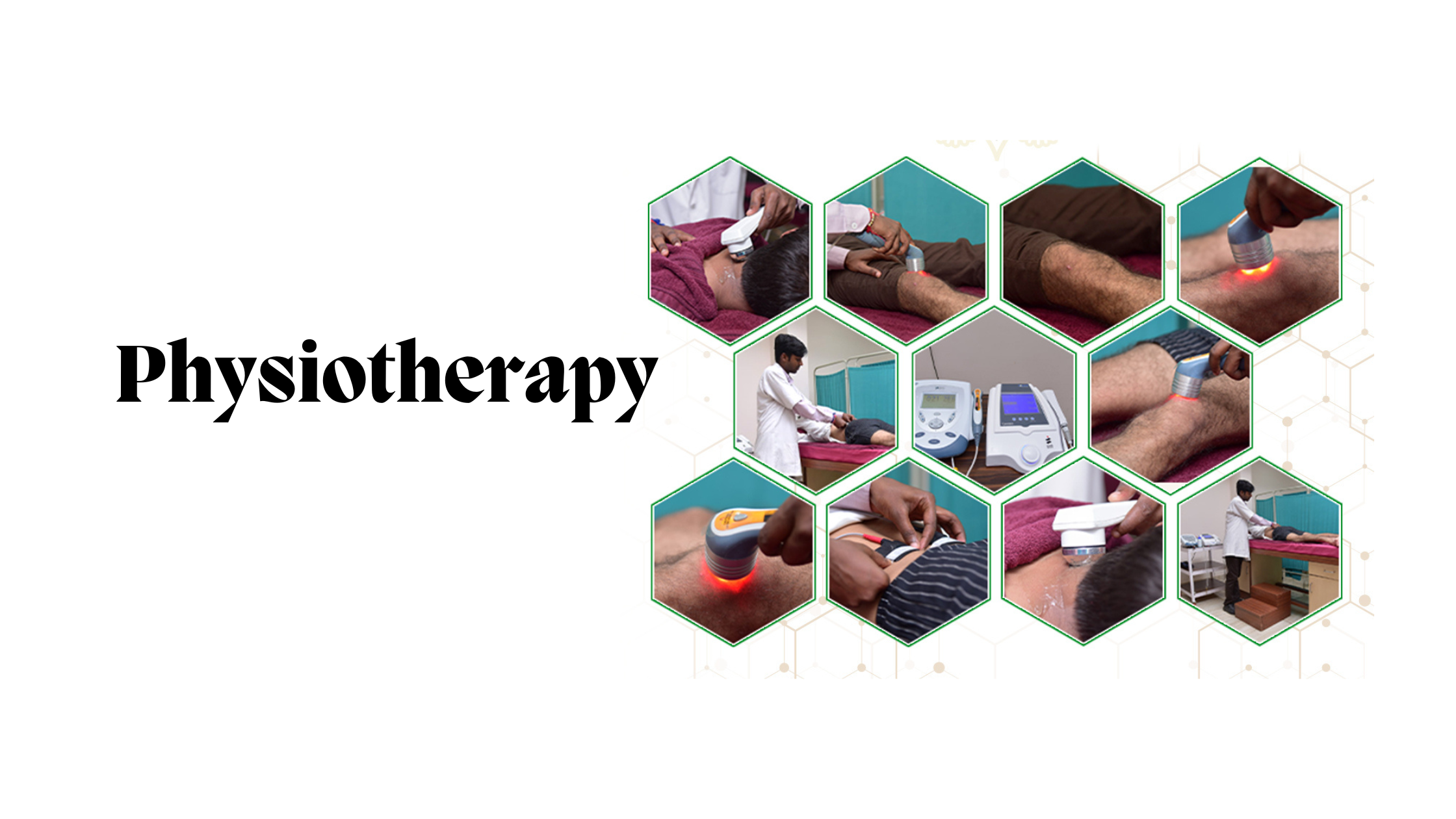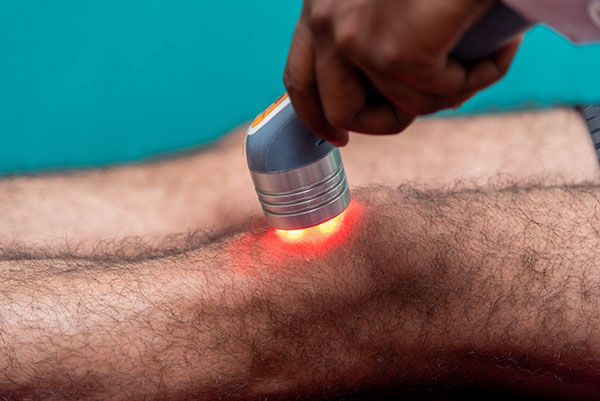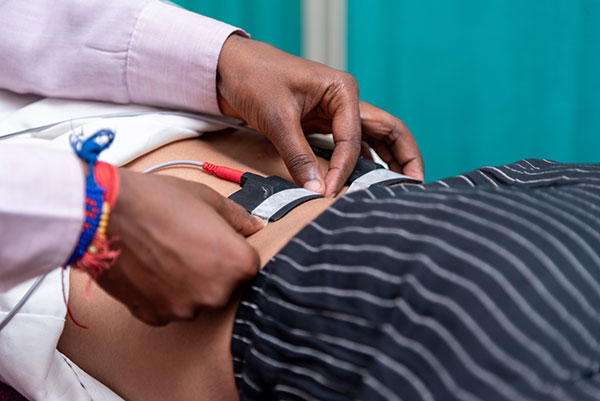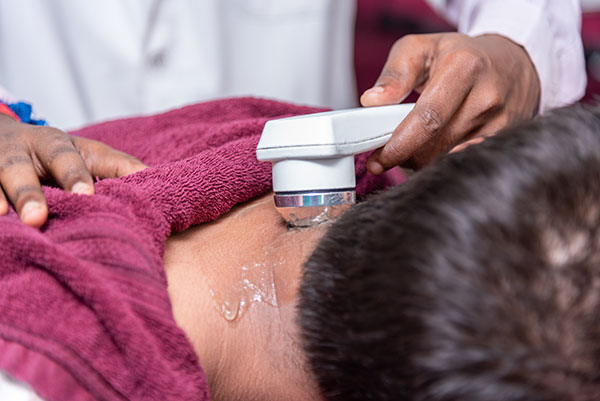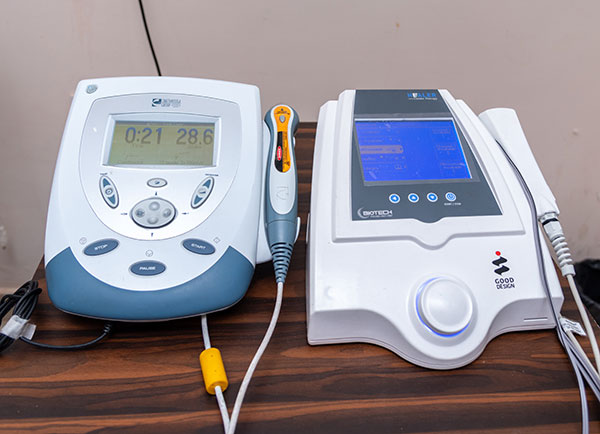Suggested Frequencies-
-
Dermal Wounds – 3MHz
-
Deep lacerations or Periwound Skin – 1Mhz
Parameters
-
1MHz, continuous mode with intensity at 1 – 1.5 W/ cm squared
-
The aim is to produce a thermal effect for vasodilation and increased tissue oxygen levels
-
3MHz with intensity at 0.3-0.5 W/cm squared
-
The aim is to stimulate protein synthesis and increase cell proliferation
Indication:
While ultrasound therapy is not effective for all chronic pain conditions, it may help reduce your pain if you have any of the following:
-
Osteoarthritis
-
Myofascial pain syndrome
-
Bursitis
-
Carpal tunnel syndrome
-
Pain caused by scar tissue
-
Phantom limb pain
-
Sprains and strains
Contraindication:
Ultrasound therapy should not be used on these body parts:
-
Over the abdomen, pelvic regions, or lower back in women who are menstruating or pregnant
-
Over lesions, broken skin, or healing fractures
-
Around the eyes, breasts, or sexual organs
-
Over any areas with plastic implants
-
Over or near areas with malignant tumors
-
Over areas with impaired sensations or blood flow
-
TENS (Transcutaneous Electrical Nerve Stimulation)
A transcutaneous electrical nerve stimulation (TENS) unit is a device that sends small electrical currents to targeted body parts. These currents are used to relieve pain.
A TENS unit sends electrical pulses through the skin. These pulses control pain signals in the body, creating temporary or permanent relief from pain. They can control abnormally excited nerves and release endorphins.
A single treatment typically lasts 15 to 40 minutes. It’s not painful, but you might feel a slight tingling or warming sensation where the electrodes meet your skin.
TENS machines may relieve pain caused by many conditions, including:
-
Arthritis
-
Fibromyalgia
-
Headaches and migraines
Nerve pain -
Sports injuries
Surgery -
Wounds and incisions
-
IFT (Interferential Therapy)
-
IFT which stands for Interferential Therapy is one of the types of electrotherapy used for the management of pain. The principle of interferential therapy is to cause two medium frequency currents of slightly different frequencies to interfere with one another. Interferential current therapy works by sending small amounts of electrical stimulation to damaged tissues in the body. The therapy is meant to boost the body's natural process of responding to pain, by increasing circulation thus produces hormones that promote healing. IFT delivers intermittent pulses to stimulate surface nerves and block the pain signal, by delivering continuous deep stimulation into the affected tissue. IFT relieves pain, increases circulation, decreases edema, and stimulates the muscles.
Pain Relief in conditions such as :
Causalgia
herpes zoster
neuralgia
Cervical spondylosis
Osteoarthritis of the knee
Ankylosing spondylitis
Rheumatoid arthritis
Frozen shoulder
Disc herniation
Spinal canal stenosis
SWD (Short Wave Diathermy)
Short Wave Diathermy (SWD) is a treatment that uses electromagnetic energy to produce deep heating in joints and soft tissues. This form of heat can be applied to deeper structures than other forms of heat treatment. Thus SWD can effectively relieve joint pain, improve soft tissue healing and decrease the symptoms of osteoarthritis. Best Health Physiotherapists are knowledgeable and experienced in the appropriate application of SWD.
What makes short wave diathermy different from other heating agents? How it produces heating in deeper tissues? One of the most important differences is its ability to heat deeper tissues of our body.
The heating of the tissues is the result of high-frequency alternating current which generally have a frequency 27.12 MHz and a wavelength of 11 meters. Currents of such high frequencies do not stimulate motor or sensory nerves nor do they produce any muscle contraction.
-
SWD is very effective in relieving pain, helps in the reduction of inflammation
-
backache
-
Knee pain due to arthritis
-
Frozen shoulder
-
Bursitis, capsulitis
-
Osteomyelitis
-
strain, sprain
-
Brachial plexus neuritis
-
Fibrositis, myositis
-
Rheumatism, etc
-
Cryotheraphy
Cryotherapy, also known as ice application, is the simplest and oldest way to treat injuries. Ice is believed to control pain by instigating local anaesthesia.It also decreases oedema, nerve conduction velocities, cellular metabolism and local blood flow.
Exercise Therapy
-
Exercise therapy is defined as a regimen or plan of physical activities designed and prescribed to facilitate the patients to recover from diseases and any conditions, which disturb their movement and activity of daily life or maintain a state of well‐being through neuro re‐education, gait training, and therapeutic activities.
-
It is systemic execution of planned physical movements, postures, or activities intended to enable the patients to
Reduce risk,
-
enhance function
-
remediate or prevent impairment
-
optimize overall health
improve fitness and well‐being-
Exercise therapy can be called Activity‐Based Therapy, Activity‐Based Recovery Therapy, Neuro‐based Therapy, and Restorative Therapy
Objectives of exercise therapy
Promote activity and minimize the effects of inactivity, increased independenceIncrease the normal range of motionImprove strength the weak musclesImprove the performance in daily activitiesEnable ambulationRelease contracted muscles, tendons, and fasciaImprove circulationImprove respiratory capacityImprove coordinationReduce rigidityImprove balancePromote relaxationIncreased motor or sensory functionReduction of medication, reduction of hospital visits, and increased overall health
The most important goal of exercise therapy is an optimal level of physical fitness by the end of the intervention. The physical fitness a state characterized by good muscle strength combined with good endurance.

